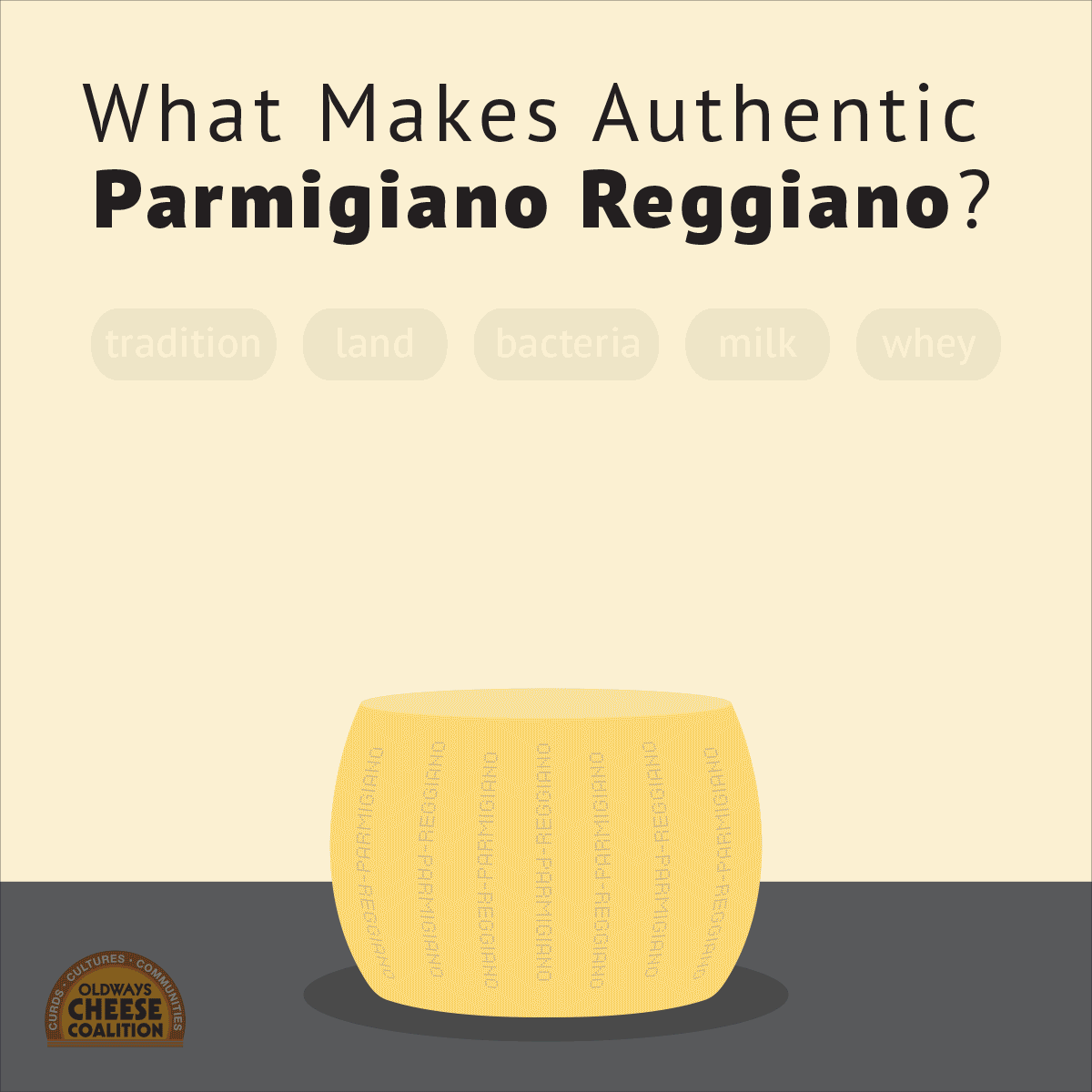The Origins and Authenticity of Parmigiano Reggiano
Origins
Parmigiano Reggiano is produced exclusively in the provinces of Parma, Reggio Emilia, Modena and parts of the provinces of Mantua and Bologna, on the plains, hills and mountains enclosed between the rivers Po and Reno in Italy.

Only raw cow’s milk from defined region of origin can be used to make Parmigiano Reggiano®.
Name Protection
Parmigiano Reggiano is a name-protected product from Italy. For this reason, only the cheese made following all the following steps, with the milk of cows from the region of origin, and made in a caseificio in the same region, can use this name.












